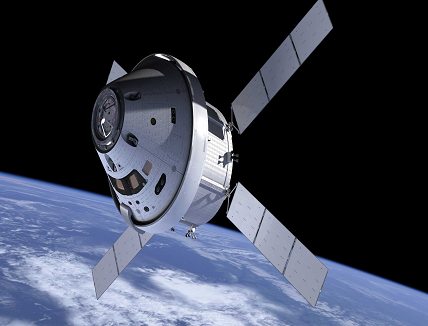
Honeywell navigation & guidance technology to play a key role in each NASA’S Artemis I mission
Honeywell technology is helping enable NASA’s Artemis I launch, as well as several other aspects of planned NASA missions that will bring astronauts to the moon and Mars. Over the course of NASA’s Artemis program, Honeywell technology will play an increasingly critical role in the Orion spacecraft and the Artemis missions.
Honeywell provides the full navigation and guidance system for the Artemis I launch vehicle. This allows the spacecraft to know exactly where it’s going, stay on course and return safely to Earth. Honeywell technology is also helping control the thrust on rockets that travel 73 times faster than the cars in the Indy 500.
“We’re incredibly proud that our technology is supporting the Artemis missions to bring Americans back to the moon, and eventually Mars,” said Mike Madsen, president and CEO of Honeywell Aerospace. “Honeywell has been a part of every crewed space mission in NASA’s history, which is a big source of pride for all of us here. Although we’re proud of our legacy with previous NASA missions, I couldn’t be more excited that our employees are shaping the future of human space exploration through the Artemis missions.”
Honeywell proudly supports NASA’S Artemis I launch
Honeywell will provide 14 product types for crewed Artemis missions III through V, including both hardware and software solutions, to support NASA’s lunar missions. Some of those key technologies are:
- Guidance and Navigation Systems: Key navigation and guidance solutions, including the barometric altimeter, which tracks the altitude of the Orion capsule in Earth’s atmosphere, as well as the inertial measurement system and GPS receiver, which track the position and movements of the capsule.
- Command Data Handling: Several data-handling products, including the vehicle management computer, which acts as the central computing platform supporting flight and vehicle control, as well as spacecraft communication functions.
- Displays and Controls: Three display units and struts, seven control panels and two hand controllers used inside the spacecraft to help astronauts in the Orion capsule monitor and control the vehicle.
- Core Flight Software: Includes the integrated modular avionics software, a key system responsible for supporting maintenance functions sharing flight data information.


















